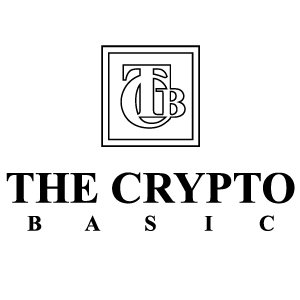Opinion by: Amitej Gajjala, co-founder and CEO of Kernel DAO The restaking narrative has moved fast — from side conversations in validator circles to the forefront of DeFi infrastructure discussions. It’s not hard to see why. DefiLlama states that major liquid restaking protocols now hold over $12 billion in total value locked (TVL), with dozens of middleware services aligning their security with Ethereum’s economic base layer. What started as an idea to increase capital efficiency for validators has evolved into a serious attempt to redefine how security is provisioned across decentralized systems. While restaking is gaining momentum among crypto-native participants, institutions — the kind with multi-year horizons and regulatory constraints — still keep DeFi at arm’s length. Not because the rewards aren’t attractive. Risk is still poorly understood, isolated and mitigated. Restaking can change that. Adding friction — where it’s needed most Restaking isn’t about reducing risk to zero; it’s about introducing friction, which deters bad actors without killing protocol composability. Enabling validators to opt into securing new protocols using already-staked assets, restaking creates a second validation layer. This strengthens middleware like oracles, bridges and data availability layers without bootstrapping entirely new trust networks. Unlike traditional validator sets, restaking aligns existing economic incentives with broader infrastructure needs. Instead of competing for security, protocols can now share it — with customizable slashing conditions, service-specific operator sets and dynamic risk parameters. Recent: Unlocking the potential of dormant Bitcoin in DeFi For institutions, this is meaningful; it signals the beginning of a modular security stack, where exposure can be configured and audited per protocol. Slashing becomes a risk class — not a red flag One of the main blockers for institutional staking has been slashing: the risk that validator misbehavior (or simply technical error) could lead to capital loss. Restaking introduces slashing segmentation. On all major platforms, operators choose which services they secure. Slashing, therefore, is scoped to the context of misbehavior — not the entire validator lifecycle. This distinction matters. It transforms slashing from an unpredictable liability into a quantifiable, bounded risk, similar to how fixed-income traders model default risk. It also opens the door to restaking insurance markets, actuarial modeling and structured risk products. Risk offloading through exposure diversification DeFi’s volatility isn’t going away. Price swings, gas spikes and liquidation cascades are part of the terrain. But restaking enables cross-protocol exposure less correlated than holding multiple tokens. A validator restaking into a curated mix of oracle, bridge and data availability layer services fundamentally builds a portfolio of security commitments — each with different risk and reward profiles. That’s diversification in the validator economy, not just in the asset layer. It also makes network-level attacks harder. Restaking dilutes attack vectors by spreading economic security across a web of services, making DeFi’s attack surface less monolithic and more modular. Oracles get more credible A single point of failure in many DeFi protocols? Oracle feeds. And it’s not just flash loans — even minor price feed delays can be exploited. ScienceDirect research shows that staking-based oracle models significantly reduce manipulation risks, especially when tied to performance-based incentives and slashing conditions. Restaking supports this by allowing oracle operators to secure feeds with economic weight, aligning truthfulness with profit. When misreporting can cost you slashed Ether ( ETH ), the game theory changes. This creates stronger guarantees for protocols relying on price data — a prerequisite for serious capital to flow in. Restaking as the institutional wedge Institutions won’t enter DeFi because of vibes or community incentives. They’ll enter when infrastructure risk can be scoped, quantified and mitigated when the stack looks more like a layered security model than a black box of smart contracts. Restaking isn’t the whole answer. But it is one of the first scalable primitives to make DeFi security modular, composable and economically aligned. As regulation matures and tokenized finance becomes more interoperable with TradFi, restaking may be the layer that bridges trust between networks and entire financial systems. We’re not there yet. But the path looks a lot clearer than it did a year ago. Opinion by: Amitej Gajjala, co-founder and CEO of Kernel DAO. This article is for general information purposes and is not intended to be and should not be taken as legal or investment advice. The views, thoughts, and opinions expressed here are the author’s alone and do not necessarily reflect or represent the views and opinions of Cointelegraph.


















